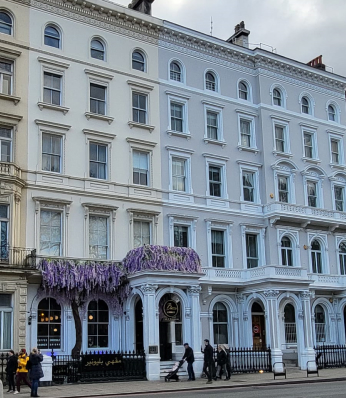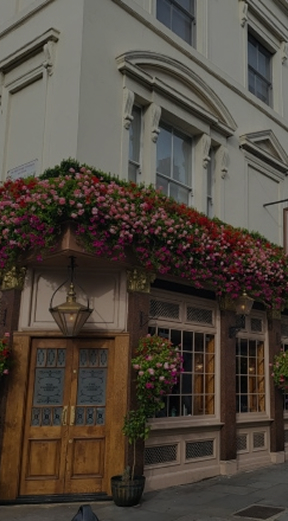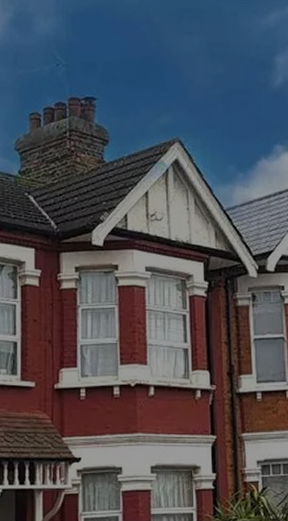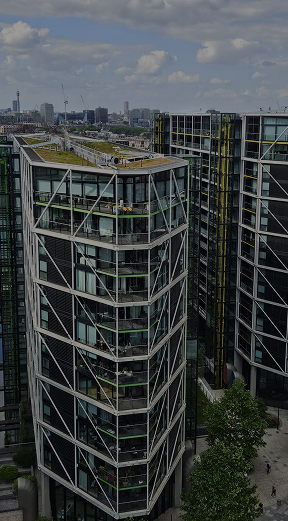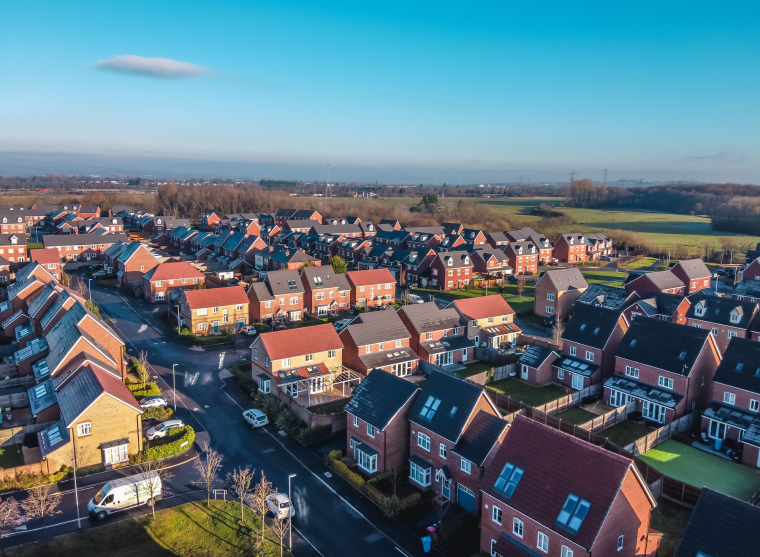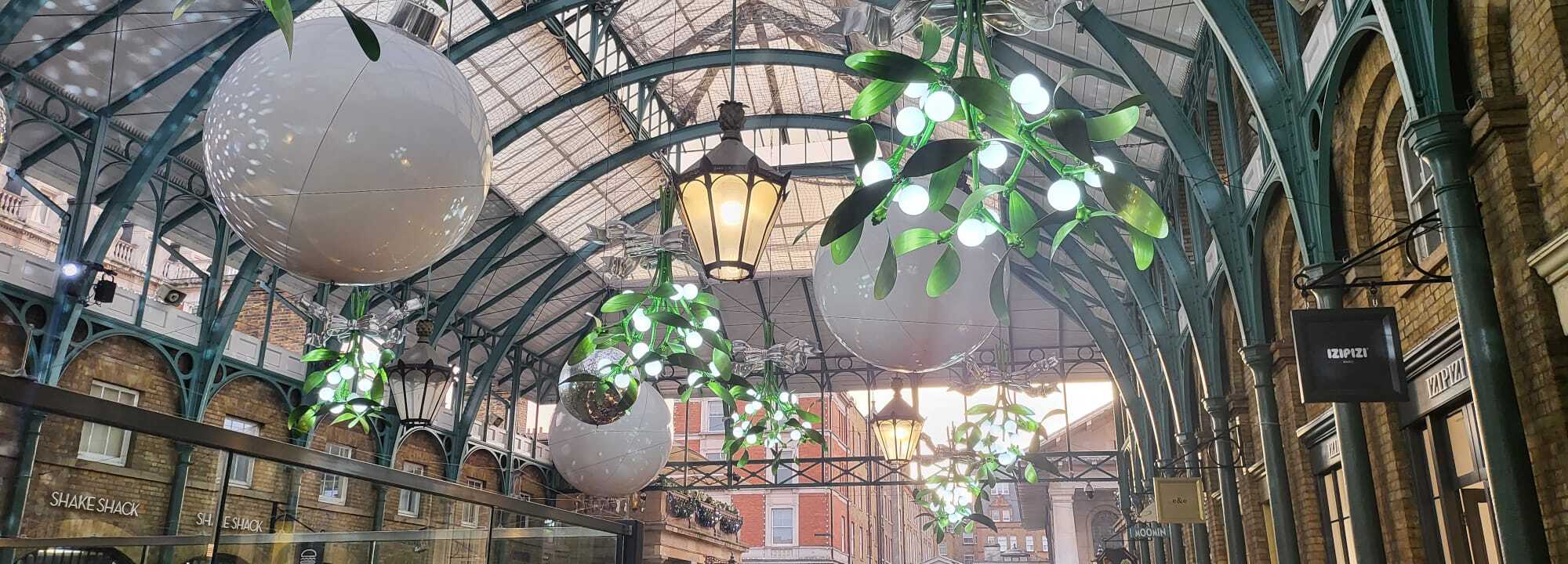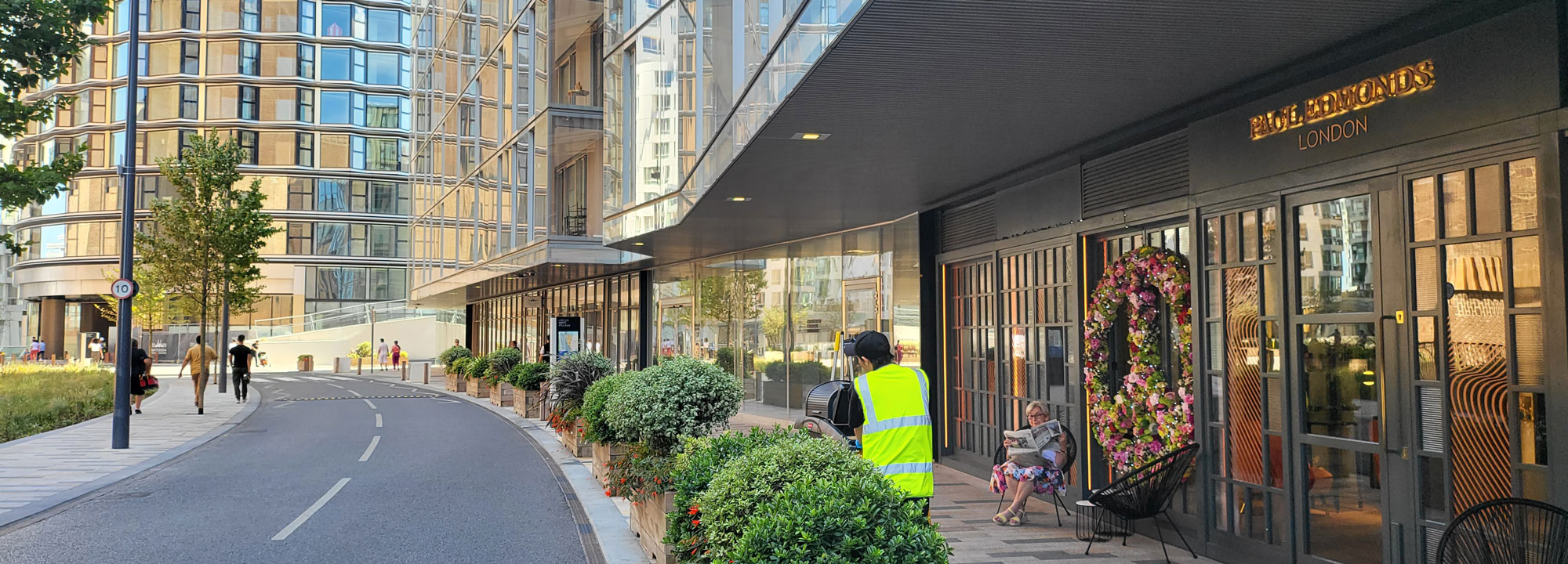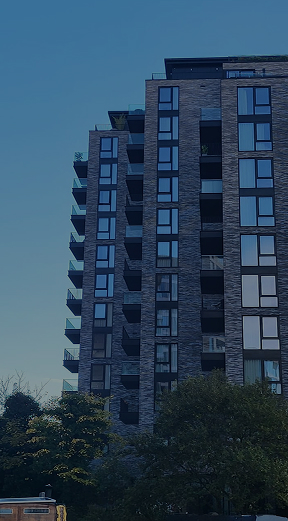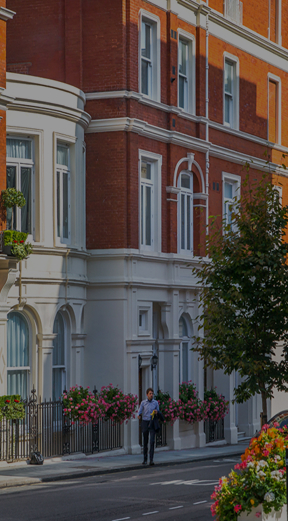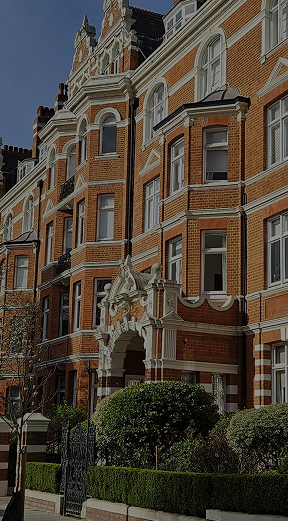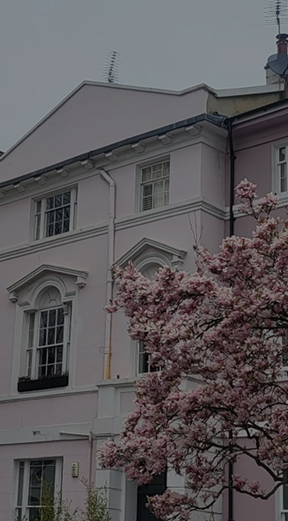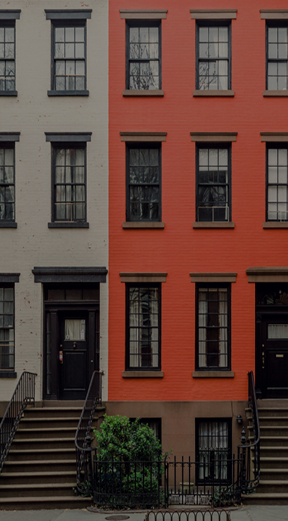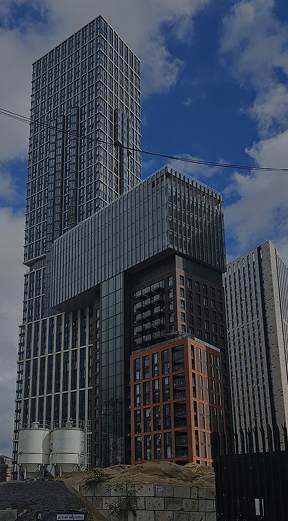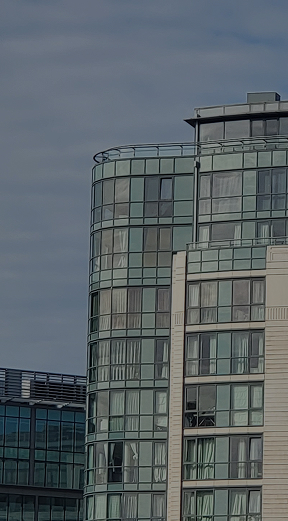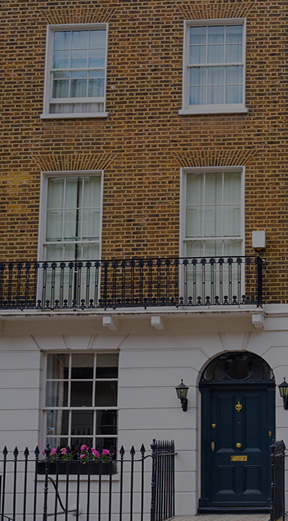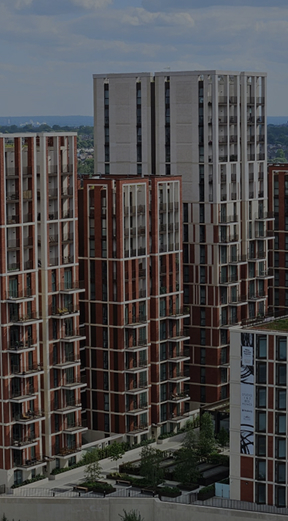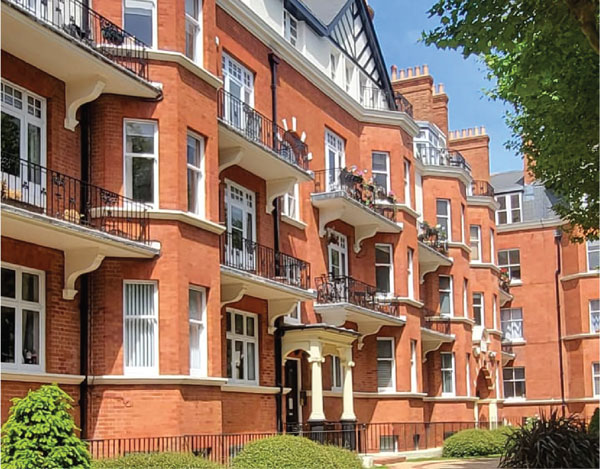Whether the local authority can be liable to pay for the damage caused by public-land trees whose roots extend and cause damage to private land?
Delaware Mansions Ltd and Others v Westminster City Council [2001] 44 EG 150
Summary
The case of Delaware Mansions Ltd and Others v Westminster City Council [2001] 44 EG 150 deals with a local authority's liability for damage caused by the roots of a tree to private property. The question before the House of Lords was whether the local authority can be liable to pay for the damage caused by public-land trees whose roots extend and cause damage to private land. This, in turn, will evidently attract a lot of money in the process of conducting repairs.
Facts
Delaware Mansions Ltd owned a block of residential estate in Maida Vale, London. The property endured fairly serious structural damages, caused by roots of a large London plane tree - standing on public land owned and maintained by Westminster City Council - that had intruded the foundation of the property, leading to subsidence.
The property owners repaired the damage first to stop the further ruination and then looked to claim the similar from Westminster City Council. They raised a plea that as the tree was under the council's possession, the council was liable for the nuisance due to the activity of the roots of the tree and therefore, the council yet should be held entitled to pay the liability for the repair cost.
Issues
The major elements of the case were:
1. Whether Westminster City Council can be held responsible for the damage occasioned by the tree roots.
2. Whether the council owed a duty of care to avoid the damage.
3. The extent to which the liability of the council extended in respect of the sums expended by Delaware Mansions Ltd.
First Instance
In the first instance, the lower court of first instance originally heard the claim by Delaware Mansions Ltd. ruled the property owners. The court found in favor of the property owners: it held Westminster City Council liable for damage caused by their tree roots. The court said that the council had not taken reasonable steps to stop the nuisance of the tree that they knew about, or that they should have known about.
The local council appealed, arguing that it was not reasonable for them to be held responsible for the injury since they had not planted the tree in question and not either been careless managing it.
Decision on Appeal
The case eventually went to the House of Lords, wherein the underlying principles with respect to nuisance and liability were carefully discussed. The House of Lords agreed with the decision of the lower court and held Westminster City Council liable for the dying-off damages of the tree roots.
The Lords elaborated on a number of important issues:
1. Nuisance and encroachment: The roots of the tree constituted a nuisance because they encroached onto private property and caused damage. The council, being the owner of the tree, had a duty to prevent the encroachment once it knew of the same.
2. Awareness and reasonable response: The liability of the council was based on its awareness of the nuisance. The council was supposed to have a reasonable time to remedy the nuisance after the council had noticed that the nuisance had caused damages. During failure, thus, it made them liable for damage that would result from that.
3. Precautionary Duty: The court pointed out that a land possessor is imposed under a duty to prevent the property (in this case, a tree) from causing harm to one's neighbour upon becoming aware of the foreseeability of harm.
4. Repair money: The Lords, therefore, interpreted further in regard to the liability of the council in respect of the amounts spent by Delaware Mansions Ltd. It was held that the council was responsible for the repairs that had to be made due to destruction by the roots of the trees.
Comments
The significance of Delaware Mansions Ltd and Others v Westminster City Council is based on a couple of grounds. It is now established that the scope of duties for public authorities and private landowners relating to the maintenance of natural structures, including trees, that could cause damage to owners of adjacent properties is well defined. It firmly brought out the point that awareness of a nuisance and failure to act in good time could amount to liability.
Key Takeaways:
1. Natural Encroachments: It could be said that landowners, personified in the person of the public authorities, shall be liable for the natural encroachments of their property to their neighbor if damages are caused. This may even include their tree roots, which may be considered as of particular damage.
2. Duty to Mitigate: A landowner who comes into the knowledge of his potential nuisance is under the obligation to adopt reasonable steps to mitigate the nuisance; otherwise, he shall be liable for any ensuing injury, damage, etc.
3. Reasonable Opportunity to Respond: The court was of the opinion that a reasonable opportunity should be afforded to the landowners to deal with the nuisance after knowledge of it by the owners. But undue delay in such availing opportunity may cause an act done unjust and result in damages.
4. Payment for Repairs: The payment was therefore ascertained to mean that a person was entitled to a compensation for reasonable expenses incurred in making a repair to his property.
Hence, the case of Delaware Mansions Ltd and Others v Westminster City Council has underlined once more that landowners must be very vigilant and manage the campaign in their land to avert any natural actions on their land that might bring harm to others. Additionally, it upholds the legal principles surrounding nuisance and the responsibilities that come with owning property.
Social
Valuation Services provided by Ringley's Valuation Team
Block Management Packages
Legal Services provided by Ringley Law
Building Surveying Services
Meet our Expert Property Commentators
Whether the local authority can be liable to pay for the damage caused by public-land trees whose roots extend and cause damage to private land?
Delaware Mansions Ltd and Others v Westminster City Council [2001] 44 EG 150
Summary
The case of Delaware Mansions Ltd and Others v Westminster City Council [2001] 44 EG 150 deals with a local authority's liability for damage caused by the roots of a tree to private property. The question before the House of Lords was whether the local authority can be liable to pay for the damage caused by public-land trees whose roots extend and cause damage to private land. This, in turn, will evidently attract a lot of money in the process of conducting repairs.
Facts
Delaware Mansions Ltd owned a block of residential estate in Maida Vale, London. The property endured fairly serious structural damages, caused by roots of a large London plane tree - standing on public land owned and maintained by Westminster City Council - that had intruded the foundation of the property, leading to subsidence.
The property owners repaired the damage first to stop the further ruination and then looked to claim the similar from Westminster City Council. They raised a plea that as the tree was under the council's possession, the council was liable for the nuisance due to the activity of the roots of the tree and therefore, the council yet should be held entitled to pay the liability for the repair cost.
Issues
The major elements of the case were:
1. Whether Westminster City Council can be held responsible for the damage occasioned by the tree roots.
2. Whether the council owed a duty of care to avoid the damage.
3. The extent to which the liability of the council extended in respect of the sums expended by Delaware Mansions Ltd.
First Instance
In the first instance, the lower court of first instance originally heard the claim by Delaware Mansions Ltd. ruled the property owners. The court found in favor of the property owners: it held Westminster City Council liable for damage caused by their tree roots. The court said that the council had not taken reasonable steps to stop the nuisance of the tree that they knew about, or that they should have known about.
The local council appealed, arguing that it was not reasonable for them to be held responsible for the injury since they had not planted the tree in question and not either been careless managing it.
Decision on Appeal
The case eventually went to the House of Lords, wherein the underlying principles with respect to nuisance and liability were carefully discussed. The House of Lords agreed with the decision of the lower court and held Westminster City Council liable for the dying-off damages of the tree roots.
The Lords elaborated on a number of important issues:
1. Nuisance and encroachment: The roots of the tree constituted a nuisance because they encroached onto private property and caused damage. The council, being the owner of the tree, had a duty to prevent the encroachment once it knew of the same.
2. Awareness and reasonable response: The liability of the council was based on its awareness of the nuisance. The council was supposed to have a reasonable time to remedy the nuisance after the council had noticed that the nuisance had caused damages. During failure, thus, it made them liable for damage that would result from that.
3. Precautionary Duty: The court pointed out that a land possessor is imposed under a duty to prevent the property (in this case, a tree) from causing harm to one's neighbour upon becoming aware of the foreseeability of harm.
4. Repair money: The Lords, therefore, interpreted further in regard to the liability of the council in respect of the amounts spent by Delaware Mansions Ltd. It was held that the council was responsible for the repairs that had to be made due to destruction by the roots of the trees.
Comments
The significance of Delaware Mansions Ltd and Others v Westminster City Council is based on a couple of grounds. It is now established that the scope of duties for public authorities and private landowners relating to the maintenance of natural structures, including trees, that could cause damage to owners of adjacent properties is well defined. It firmly brought out the point that awareness of a nuisance and failure to act in good time could amount to liability.
Key Takeaways:
1. Natural Encroachments: It could be said that landowners, personified in the person of the public authorities, shall be liable for the natural encroachments of their property to their neighbor if damages are caused. This may even include their tree roots, which may be considered as of particular damage.
2. Duty to Mitigate: A landowner who comes into the knowledge of his potential nuisance is under the obligation to adopt reasonable steps to mitigate the nuisance; otherwise, he shall be liable for any ensuing injury, damage, etc.
3. Reasonable Opportunity to Respond: The court was of the opinion that a reasonable opportunity should be afforded to the landowners to deal with the nuisance after knowledge of it by the owners. But undue delay in such availing opportunity may cause an act done unjust and result in damages.
4. Payment for Repairs: The payment was therefore ascertained to mean that a person was entitled to a compensation for reasonable expenses incurred in making a repair to his property.
Hence, the case of Delaware Mansions Ltd and Others v Westminster City Council has underlined once more that landowners must be very vigilant and manage the campaign in their land to avert any natural actions on their land that might bring harm to others. Additionally, it upholds the legal principles surrounding nuisance and the responsibilities that come with owning property.
Valuation Services provided by The Ringley Group
Meet our Expert Property Commentators
